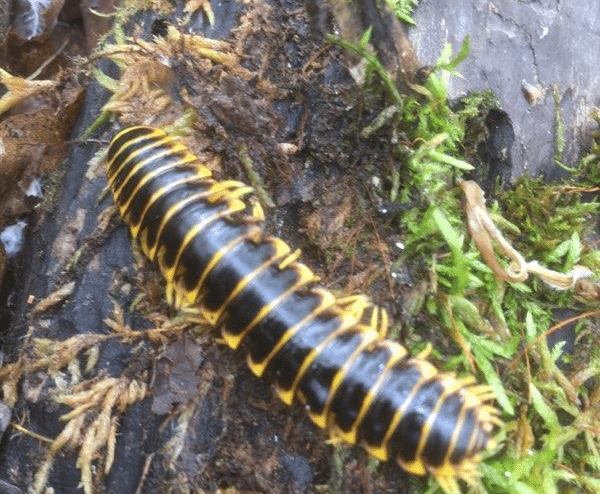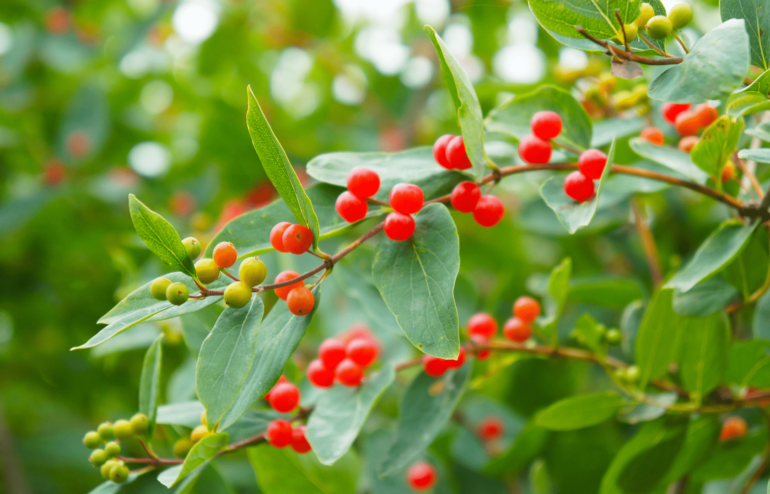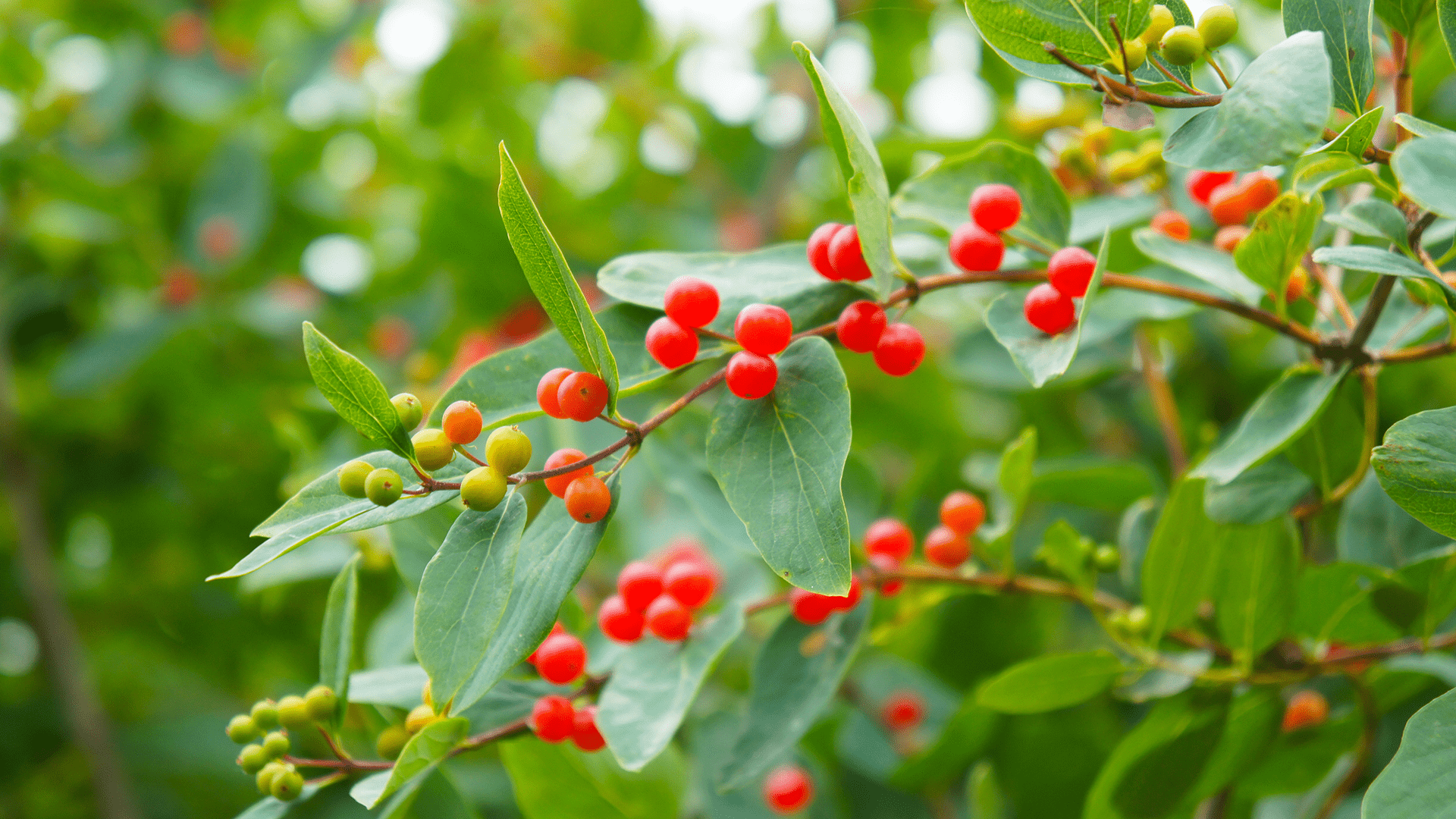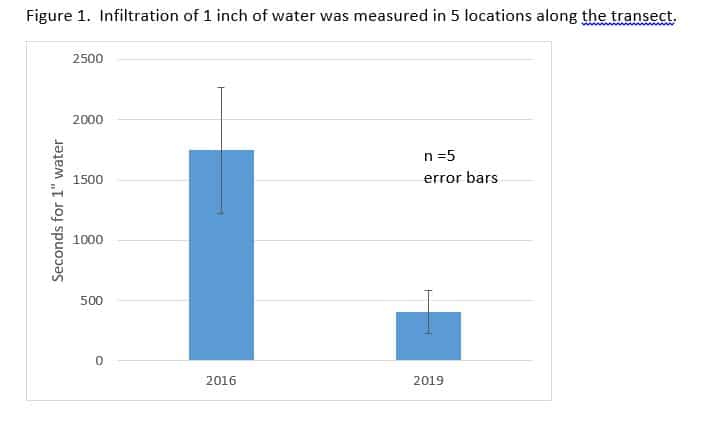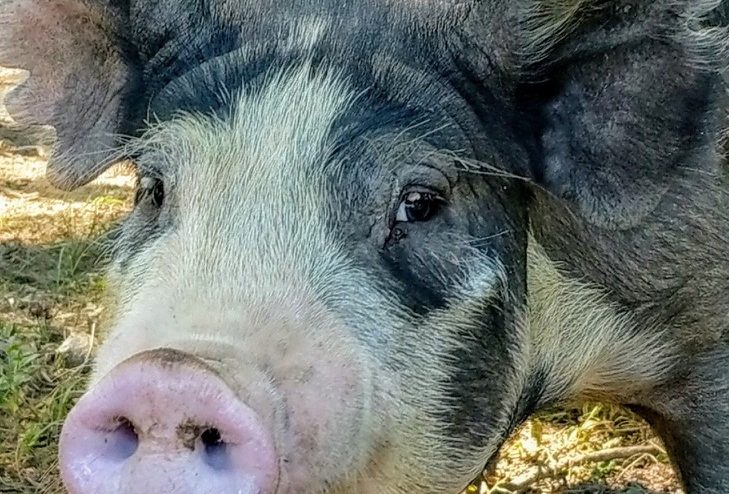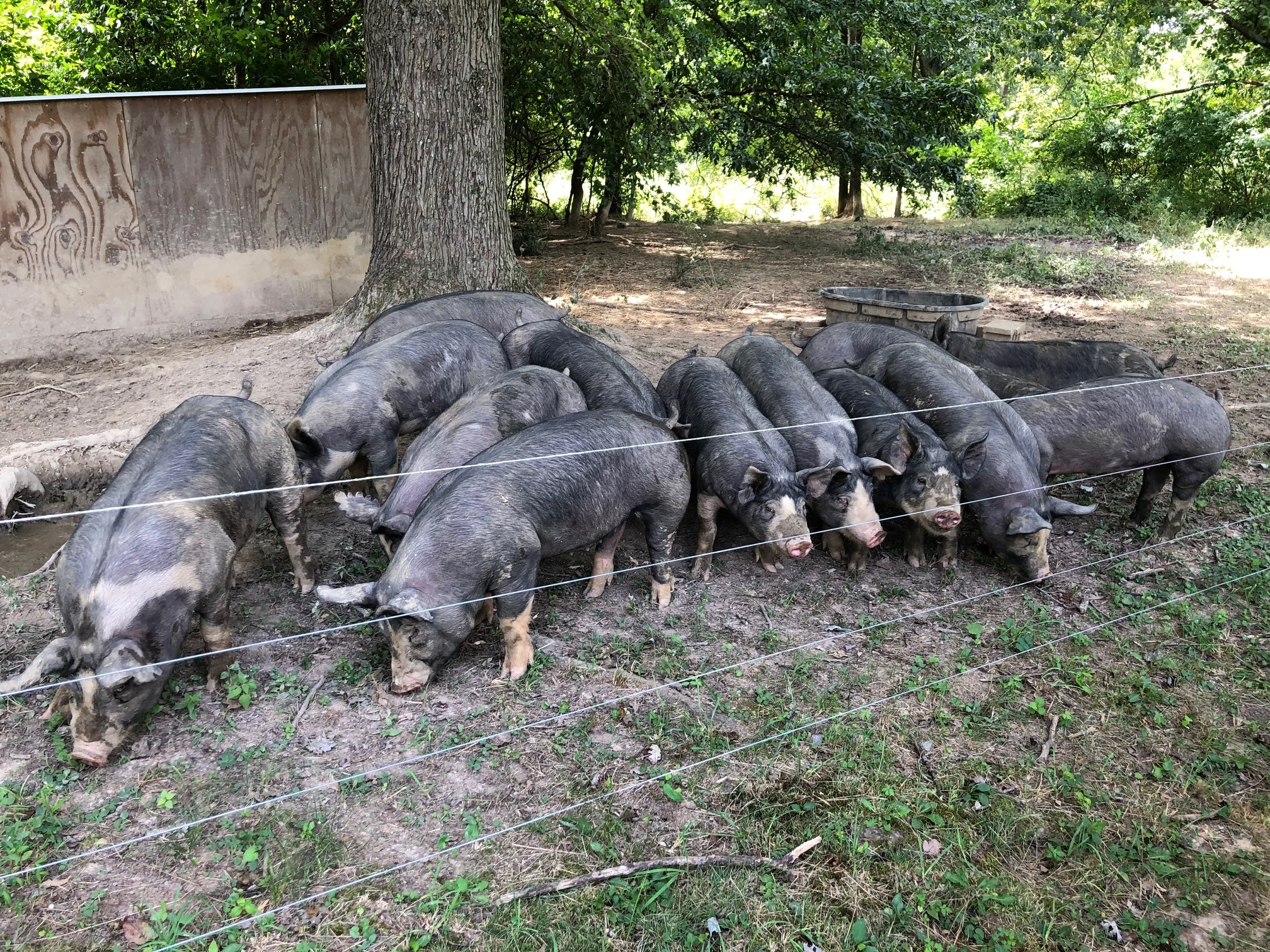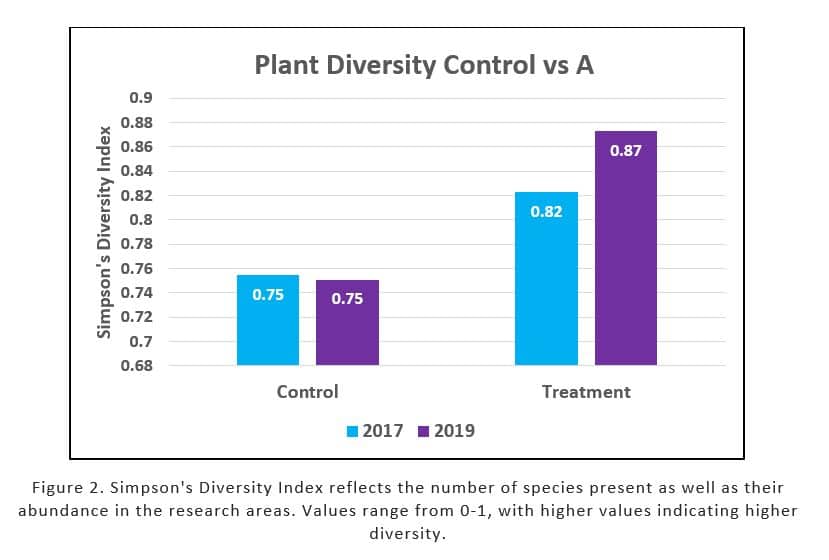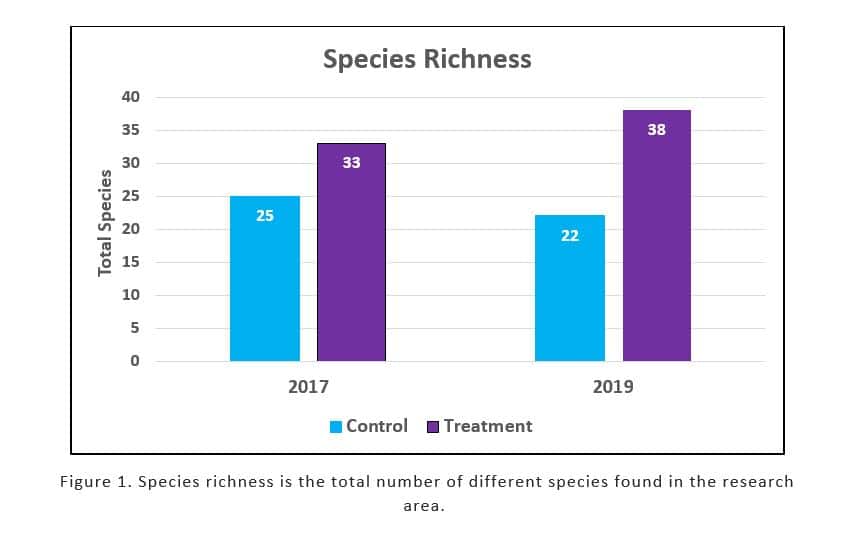
Salamanders and Beetles and Spiders….oh my!
Part of our Ecological Monitoring project involves faunal (animal) sampling. We focus on arthropods, amphibians and reptiles during these surveys. Mini pitfall traps are established along our already existing transects using a hand spade, red solo cups, moist paper towels and clay saucer plates (see image below). These cups are checked (and emptied) over the course of one week. We mostly find arthropods like beetles, harvestman, isopods and spiders. Once during the sampling week we search “herp” circles in which we flip logs and rocks, and scan the ground looking for frogs, salamanders, snakes and toads. When looking for amphibians and reptiles, the most common thing found depends on the time of year. We find a lot of American toads during the summer and salamanders in the fall.—Chad G.
The picture below shows our pitfall traps. The last box is an eastern red-backed salamander and her eggs we found in an existing hole. She was left alone and a new hole was dug. No animals are hurt during this process.

